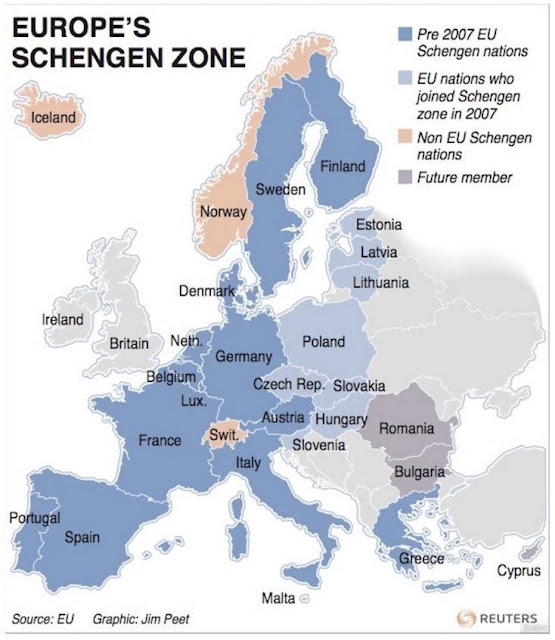This is how Europe's borders have changed over 1,000 years
As Europe wrestles with the refugee crisis, the viability of the Schengen agreement and the United Kingdom’s future in the Union, it is perhaps worth looking at just how much change the continent has experienced in its turbulent history.
This three-minute video from LiveLeak takes us through 1,000 years of history and, as it does so, highlights just how young the modern concept of Europe really is.
Look out for the constant ebb and flow of the continent’s eastern borders, the speed of change at its heart, and the relatively late arrival of Germany towards the end of the 19th century.
VIDEO: https://www.youtube.com/watch?v=9LfdXoL3Xck
The millennium’s march
The map starts back in a time when much of central Europe was part of the Holy Roman Empire and Spain was largely under Islamic rule.
As time moves on, the Mongol Empire appears in the north-east and the Ottoman Empire grows to cover much of the south-east. Central Europe goes through seemingly endless change, as regional and national borders shift.
Soon after 1500, what we know today as Russia appears on the map, and in the late 1800s Germany also comes into existence.
The two World Wars and the Cold War bring more territorial convulsions before the USSR breaks up, Yugoslavia disintegrates and the EU begins to expand eastwards.
The map covers the period up to 2012 but even in the years since then there has been further change, with Russia annexing Crimea.
The end of Schengen?
Now there may be more change on the way – this time connected to the Schengen agreement. Schengen covers 26 European nations stretching from Spain to Sweden and allows free movement within the area, essentially removing borders for anyone travelling internally on the continent.
The area includes four countries outside the European Union – Iceland, Lichtenstein, Norway and Switzerland. Six EU countries are not part of the zone – they have either opted out of the agreement, or are still waiting to be admitted.
https://www.weforum.org/agenda/2016/03/this-is-how-europes-borders-have-changed-over-1-000-years/?utm_content=bufferaf37b&utm_medium=social&utm_source=twitter.com&utm_campaign=buffer
